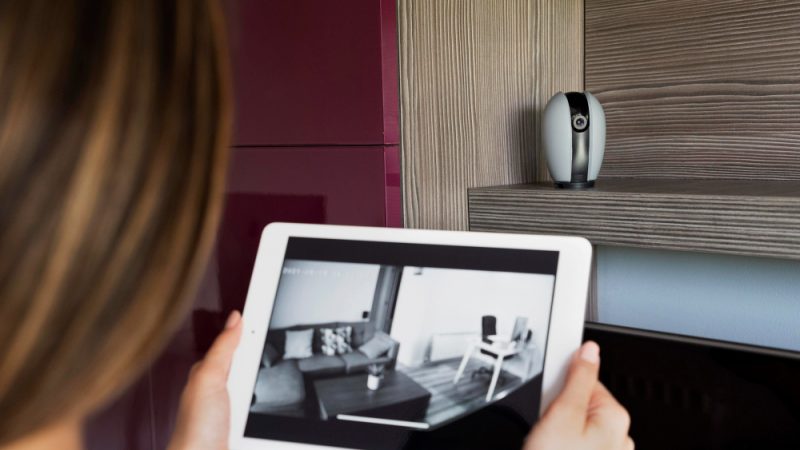How to Choose a Right Multifunction Printer?

A multifunction printer (MFP) is a device that works as an all-in-one printer, copier, scanner, and fax machine. When looking for one, you need to keep many factors in mind. If you are a business owner and are in need of purchasing a multifunction printer, consider the following requirements:
Monochrome vs. color MFPs
Normally, monochrome printers cost less than color printers. This is because they only use the black cartridge, while color printers operate on four different cartridges, including black, cyan, yellow, and magenta. This will lower your supply costs since you need to buy just one cartridge. However, at the same time, you also need to consider how it will affect your branding and customers since color images are more captivating than monochrome ones.
Inkjet vs. laser
An inkjet printer is the most cost-effective option for businesses that do not have a high volume of printing jobs. It is also the best for media companies, marketers and real estate firms, because they require colored printing and high-quality images. Businesses that do not have a lot of space might also prefer an inkjet printer, for being smaller and more portable.
If you have large print jobs, particularly ones that have mostly black text with minimal graphics, you should opt for a laser printer. A laser printer offers high-volume printing at fast speeds. Even though the output will provide crisp text and finer lines, the image quality pales in comparison. Despite being more costly than inkjet printers, laser printers will save you money in the long run, by keeping you from repurchasing and replacing toner on a frequent basis.
Ink vs. toner
Laser printers function by using a powdered toner, while inkjet printers rely on liquid ink. When you are in the process of deciding between the two, think about how much toner or ink will cost you in the long-term. Determine the amount of pages you can expect from each cartridge or batch as well as the cost for replacements.
Home vs. SMB offices
Multifunctional printers that are designed for home offices are designed to be desktop size for conserving space. They can cost as low as $50. However, if you are planning on using one of the smaller models for your small business, you should spend between $300 to $700. The lower-priced desktop copiers are made to be used for personal use, rather than for more complex processes, like maintaining a business.
Office copiers are bigger models that take up a large amount of space, and are manufactured to fulfill the needs of an office. They can be networked and include a variety of different capabilities for printing, scanning and faxing. Office printers often cost $1,200, but the more high-end models will be $5,000 or more.
Production
If your business requires high-volume printing, along with professional-grade graphics and advanced finishing options, there is a chance that you will need a production printer. Production printers offer high resolutions. For colour copies, they range from 2400 x 1200 dots per inch (dpi) to 9600 x 600 dpi interpolated with 8-bit color depth for black-and-white prints. Depending on its features, the cost will vary from printer to printer. However, they are usually around $7,000 for entry-level models and exceed $25,000 for specialty models.
Buying vs. leasing
When you have an MFP, you have the option of choosing between either buying or leasing. But keep in mind that they both present advantages and disadvantages of their own. Examples can include issues that are related to tax incentives, maintenance, depreciation and costs.
Maintenance and service agreements
In case you didn’t already know, the average digital copier service agreement includes toner, drums, and all parts, and maintenance and repairs. These agreements help prevent office admins and employees from worrying about things, like toner levels and the long-term performance of the machines, for instance. Parts that usually experience wear and tear, like rollers and cleaning blades, are usually covered. Even so, prior to making your big purchase, you should make sure that all of the parts are covered.
Keep these tips in mind to purchase the best multifunction printer for your business!
Author’s Bio
Afsara Tasnim is a content writer for BreezeMaxWeb, who helps businesses grow their online presence through creating engaging copy. During her spare time, she enjoys taking photographs of nature and exploring the outdoors.






